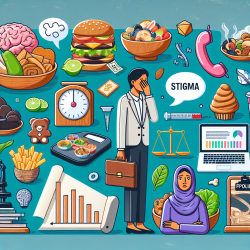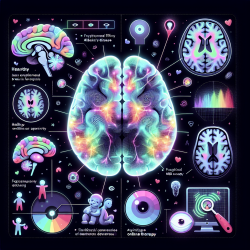Understanding the Impact of Internet Addiction and Academic Resilience on Student Mental Health
The digital age has brought about significant changes in the way students interact with the world, with the internet playing a pivotal role in their daily lives. However, the line between beneficial use and addiction is thin, and the consequences of crossing it can be severe, especially for high school students. A recent study conducted in Tehran highlights the dual impact of internet addiction and academic resilience on the mental health of students.
Key Findings from the Research
The study utilized Young’s Internet Addiction Test, Samuels’ Academic Resilience Inventory, and Goldberg’s Mental Health Questionnaire to assess 758 high school students. The results revealed a negative correlation between internet addiction and mental health (ß=0.39), while academic resilience showed a positive correlation (ß=0.66). Together, these factors accounted for 53% of the variance in students' mental health.
Implications for Practitioners
For practitioners working with adolescents, these findings underscore the importance of addressing internet addiction and fostering academic resilience. Here are some strategies to consider:
- Monitor and Manage Internet Use: Encourage students to set limits on their internet use and educate them about the signs of internet addiction. Schools can implement programs that promote digital literacy and responsible internet use.
- Enhance Academic Resilience: Develop programs that build communication skills, future orientation, and problem-solving abilities. These are key components of academic resilience that can buffer against the negative impacts of stress.
- Parental Involvement: Engage parents in workshops that teach them how to monitor their children’s internet use and support their academic resilience.
Encouraging Further Research
While this study provides valuable insights, it also highlights the need for further research in different cultural contexts and with broader demographic groups. Practitioners are encouraged to explore how these findings can be adapted to their local settings and to contribute to the growing body of research on adolescent mental health.
Conclusion
The study from Tehran serves as a crucial reminder of the intertwined nature of internet use and mental health in adolescents. By addressing internet addiction and promoting academic resilience, practitioners can play a pivotal role in enhancing the mental health and well-being of students. For those interested in delving deeper into this research, the original paper provides a comprehensive analysis and can be accessed here.










